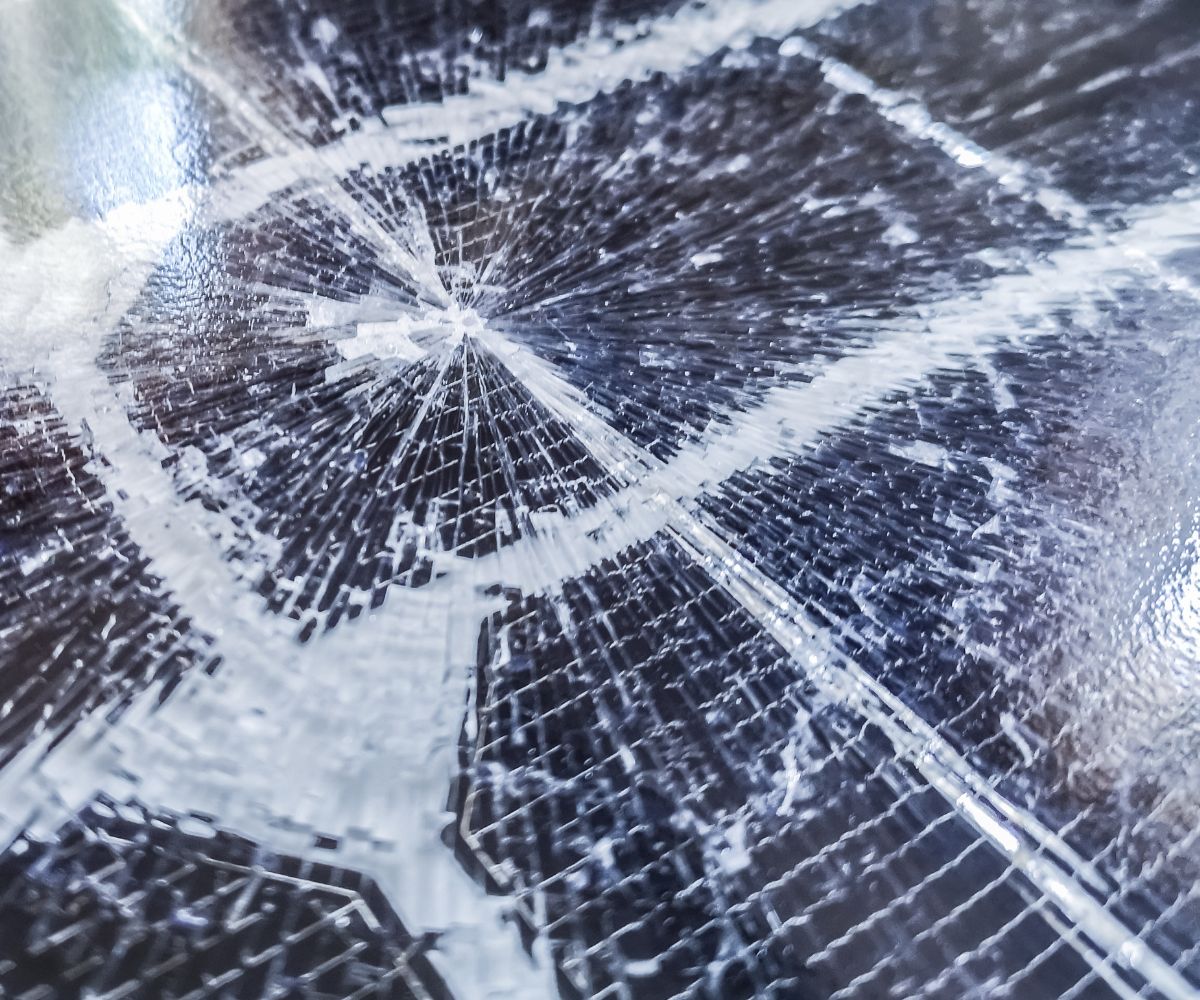Home insulation and energy upgrades are essential components of a well-maintained home. They not only enhance comfort but also lead to significant energy savings. As a homeowner, it’s important to learn how these home improvements interplay with home insurance. This mutual relationship is often left on the sidelines, yet it’s crucial to comprehensively understanding your home ownership responsibilities and rights.
Understanding Home Insurance Coverage
Home insurance is a safety net that provides financial protection against damage or loss of your house and the belongings within it. Typically, it covers incidents like fires, storms, theft, and other defined risks noted in your policy. However, every policy varies, and not all damages or eventualities may be covered. For this reason, it’s imperative to thoroughly understand the policy’s details and know exactly what’s provided before signing the dotted line.
The Place of Home Insulation & Energy Upgrades in Home Insurance
When we delve into home insulation and energy upgrades, things can seem a bit uncertain. Most insurance policies do not explicitly mention insulation and energy upgrades, leaving many homeowners in a quandary. These improvements are seen as a means to improve the overall energy efficiency of the home, not as a protective measure against potential calamities.
Nevertheless, some insurers may factor them into the overall value of the home. For instance, if these energy efficiency enhancements significantly increase your property value, they might indirectly affect your insurance cost, considering that higher value homes attract higher premiums.
Benefits of Covering Home Insulation & Energy Upgrades under Home Insurance
Even though home insulation and energy upgrades might not fall into the typically covered perils, there’s undeniable value in covering these enhancements under your home insurance. They serve as a defense mechanism against energy losses, and when system failures occur, fixing them can be pretty costly.
These elements also contribute immensely to your home’s appeal and value. If they’re damaged, you don’t want to bear the financial burden of repair or replacement. Therefore, insurance coverage for these features is worthwhile, as it safeguards your investment and ensures that you continue enjoying the benefits of energy-efficient living.
Recommended Steps for Homeowner’s Insurance and Home Improvements
Step 1: Understand Your Current Coverage
Before you embark on your home improvement project, thoroughly review your existing insurance policy. Understand what is covered and what isn’t, and see if home insulation and energy upgrades are mentioned or included in any way. Make sure you fully comprehend the terms, conditions, and exclusions stipulated in your current policy.
Step 2: Communicate with Your Insurance Provider
Reach out to your insurance provider and inform them of your planned home insulation or energy upgrades from a reputable company such as EnviroBead. Ask them how these changes may impact your current policy. The aim is to understand if the new improvements will be covered, and if not, what you can do to include them. Also, inquire if the upgrades will affect your current premium.
Step 3: Get Recommendations and Adjust Your Policy
If your insurer provides coverage for these upgrades, ask for recommendations on the next steps. You may need to adjust your policy to cater for these improvements, specifically if they significantly increase your property’s value. Make the necessary changes to the policy to include these upgrades and ensure you are adequately covered.
Step 4: Explore Other Insurance Options
If your current insurer doesn’t cover these enhancements, don’t fret. Shop around with other companies to find one that fits your needs. The market is vast, and with some effort, you’re likely to find an insurance policy that covers home insulation and energy upgrades.
Step 5: Keep Detailed Records
Regardless of the outcome, always remember to keep detailed records of your home improvements. This includes receipts, contracts, and before-and-after photos. This documentation serves as a crucial reference in the event of an insurance claim.
Step 6: Provide Regular Updates to Your Provider
Lastly, always keep your insurance provider updated about any future improvements to your home. These upgrades could impact your policy and premium in the long term. Being proactive in informing your insurer of any changes can help you avoid potential claim disputes in the future.
By following these steps, you can help ensure your valuable home insulation and energy upgrades are suitably covered by your insurance policy. It’s a strategy to secure your home’s future and your peace of mind.
Secure the Future of Your Enhanced Home
While home insulation or energy upgrades may or may not be explicitly covered by home insurance, they certainly hold sway over your home’s overall value and, by extension, your insurance premium. As a responsible homeowner, it’s never too late to widen your understanding of home insurance. David from kerryprofessionalcleaning.ie recommends that you get in touch with your home insurance provider today to explore your options further, and ensure that your energy-saving upgrades are adequately covered for a peaceful and energy-efficient living experience.
FAQs About Energy Upgrades To Home
- What are some typical home energy improvements I can make? You can seal air leaks, add insulation, install energy-efficient windows and doors, use programmable thermostats, seal ducts, upgrade heating and cooling systems, install an energy-efficient hot water heater, use thermostatic control valves in your shower, upgrade appliances to ENERGY STAR qualified products, and install energy-efficient lighting.
- How can sealing air leaks help improve my home’s energy efficiency? Sealing air leaks around floors, walls, ceilings, windows, doors, and fireplaces can prevent warm air from leaking into your home during the summer and out of your home during the winter. This can save you 5% to 30% on energy costs per year.
- Why should I add insulation to my home? Adding insulation to your attic, crawl space, basement, and exterior walls can keep your house cooler in the summer and warmer in the winter. It is one of the fastest and most cost-effective ways to reduce energy waste.
- What benefits do energy-efficient windows, doors, and skylights provide? These features can reduce air infiltration, which accounts for about 20% of air leakage in your home. Storm windows alone can reduce heat loss through windows by 25% to 50%.
- How can programmable thermostats save energy? Programmable thermostats can automatically regulate your home’s temperature when you are home, asleep, or away, saving as much as 10% a year on your heating and cooling bills.
- Why should I seal ducts and ensure they are straight and properly connected? Many duct systems have gaps or holes where air can leak out. You can lose up to 60% of your heated air before it reaches the register if your ducts aren’t insulated and they travel through unheated spaces.
- What are the benefits of upgrading heating and cooling systems? Heating and cooling your home uses more energy than any other system in your home, typically 43% of a home utility bill. By combining proper equipment maintenance and upgrades with appropriate insulation, air sealing, and thermostat settings, you can cut your energy use for heating and cooling by 20% to 50%.
- Why should I install an energy-efficient hot water heater? Water heating is the third largest energy expense in your home, typically accounting for about 12% of your utility bill. An energy-efficient water heater can help reduce this cost.
- What is the benefit of thermostatic control valves in showers? These devices shut off the shower once the water turns warm, saving hot water and energy until you are ready to enter the shower.
- How can upgrading appliances and electronics to ENERGY STAR qualified products help save energy? Appliances account for about 15% of your household’s energy consumption. Upgrading to ENERGY STAR qualified products can help reduce this consumption.
- What is the benefit of installing energy-efficient lighting? An average household dedicates 11% of its energy budget to lighting. Using new lighting technologies can reduce lighting energy use in your home by 50% to 75%.
- What are the benefits of installing solar panels? Solar panels can reduce or even eliminate your electricity bills, increase your property value, and reduce your carbon footprint. They also provide a source of clean, renewable energy.

